What is Corpus Christi?
Literally translated as “The Body of Christ,” Corpus Christi is a day in which Catholics celebrate the presence of the body and blood of Christ. A Holy Mass is held on the Thursday following Trinity Sunday, exactly two months after Holy Thursday.
After mass, it is traditional for a clergyman to take the Eucharist to the streets. The congregation accompanies the Eucharist, praying and singing in a procession. They return to the church for the Benediction.
While not a public holiday in many locations, this day is often celebrated in Europe and South America, especially in the small, indigenous towns that dot the high Andes of Ecuador. When the day is not an official government holiday, festivities generally take place on the following weekend.
How do Ecuadorians Celebrate Corpus Christi?
Like many Catholic festivals in Ecuador, Corpus Christi has become a celebration that combines Spanish-Catholicism with Andean culture. The communities with the most well-known celebrations run the spine of the Andes from Imbabura in the north to Loja in the south. Certain places, like Pujilí and Cuenca, have larger events and expect visitors to come from miles around.
On the evening before the main festival, many communities hold the Ecuadorian version of fireworks, which can look like burning castles as pyrotechnic displays attached to a metal framework spin and dance with flying colors. Locals toast the event with canelazos, a hot fruit drink spiked with alcohol.
In Pintag, on a warm, sunny day, we found women and children enjoying the shade on the main plaza while a dozen or so men danced in a circle in the corner. It’s likely that we had arrived a little too early or a little too late to see the main act but that didn’t stop lots of participants from waving and smiling for the camera. You might note from the photos that many men were dressed in military uniform. Corpus Christi also falls near Ecuadorian Armed Forces Day, on May 24th. My guess is that the church honored active duty and veterans at their local service while also celebrating Corpus Christi. The combination of military and church ceremony is very normal in Ecuador and deserves an article all its own.
Characters of Corpus Christi
The planning of Corpus Christi is a lot of work. Village elders or political leaders like the mayor are in charge of the organization. Yet theirs is not the only role to play. Most communities include at least some of these characters:
Alcade is the mayor and organizer of the festival. It is his or her job to find hosts to provide everything needed to provide for a wonderful event.
Priostes are the hosts. A small community may have a single prioste but most have multiple in order to share this huge but honored responsibility. In part, they collect the donations to help provide food and drink for the big event.
Bodegueros protect the property of the host priostes in the days leading up to the celebration.
Officiales are highly experienced musicians who have participated in such festivals for many years. There are tamboreros who play instruments made from sheepskin and pinguleeros play small flutes called pingullos and drums. Music is extremely important to all Andean festivals.
El Danzante can take many forms in different communities. They wear large headdresses as well as brightly colored tunics and skirts. Often, they dance in groups to traditional music led by the officiales.
Cantineros guard the alcohol and make sure that it lasts long enough for the important political figures, like the Mayor or other town notables, to make the appropriate toasts.
Cocineros arrive with huge pots to cook delicious food, often guinea pig or chicken served with local produce like potatoes and corn.
Information from Sylvia Herrera Díaz on LinkedIn
Finding a Corpus Christi Festival
Even when we lived in Ecuador, we had little understanding of the Corpus Christi holiday. In fact, we often found ourselves in the midst of a celebration only to discover that the parade or small party was in celebration of Corpus Christi.
First, it’s important to know the date. Because Corpus Christi is tied to Holy Week and its lunar calendar, it will not fall before May 21 or after June 24. For this reason, Corpus Christi celebrations are often intertwined with the summer solstice, also known as Inti Raymi.
Second, it’s good to know if a community has held events in the past. If they have, there is a good chance they will repeat the event in the future. It’s worth reaching out to the local community to ask for more information.
Keep an eye on our facebook page for advertisements of all kinds of festivals. We are working with local tourism operators and offices of tourism to make sure these events are well promoted. These individuals can also add their events to our annual calendar.
When planning your trip around local festivals, just be sure to give yourself room plenty of wiggle room in your itinerary. The best-laid plans can change last minute, especially when you want to take advantage of a friendly invitation to share in local culture and traditions.

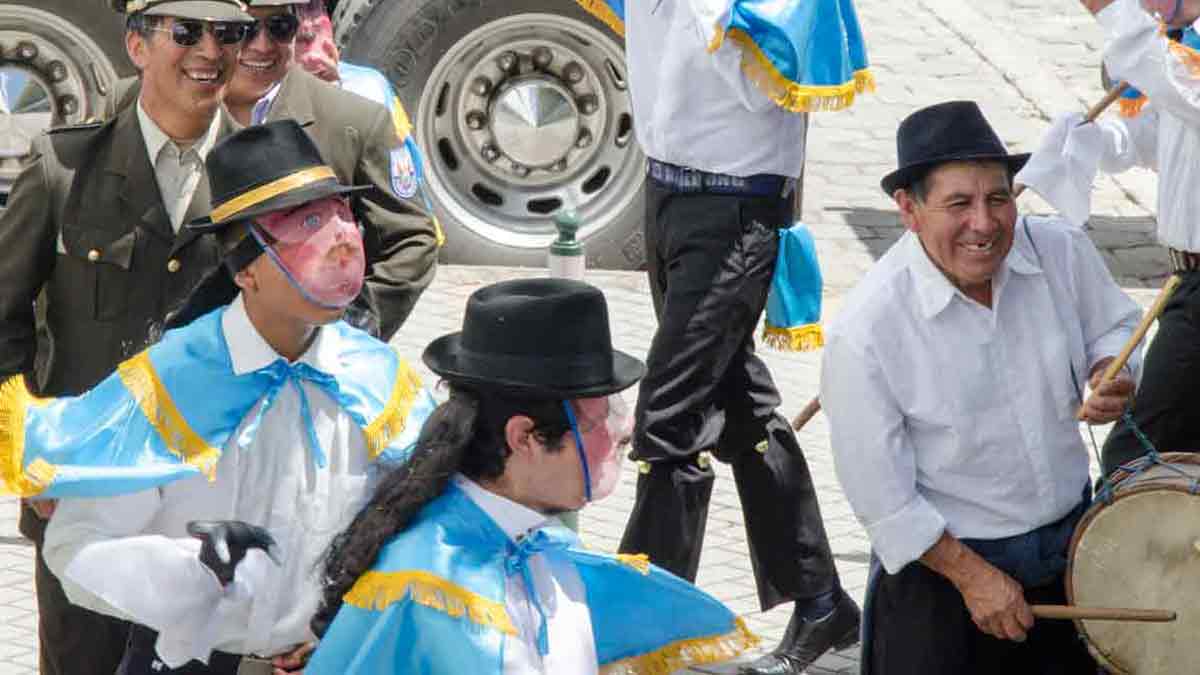
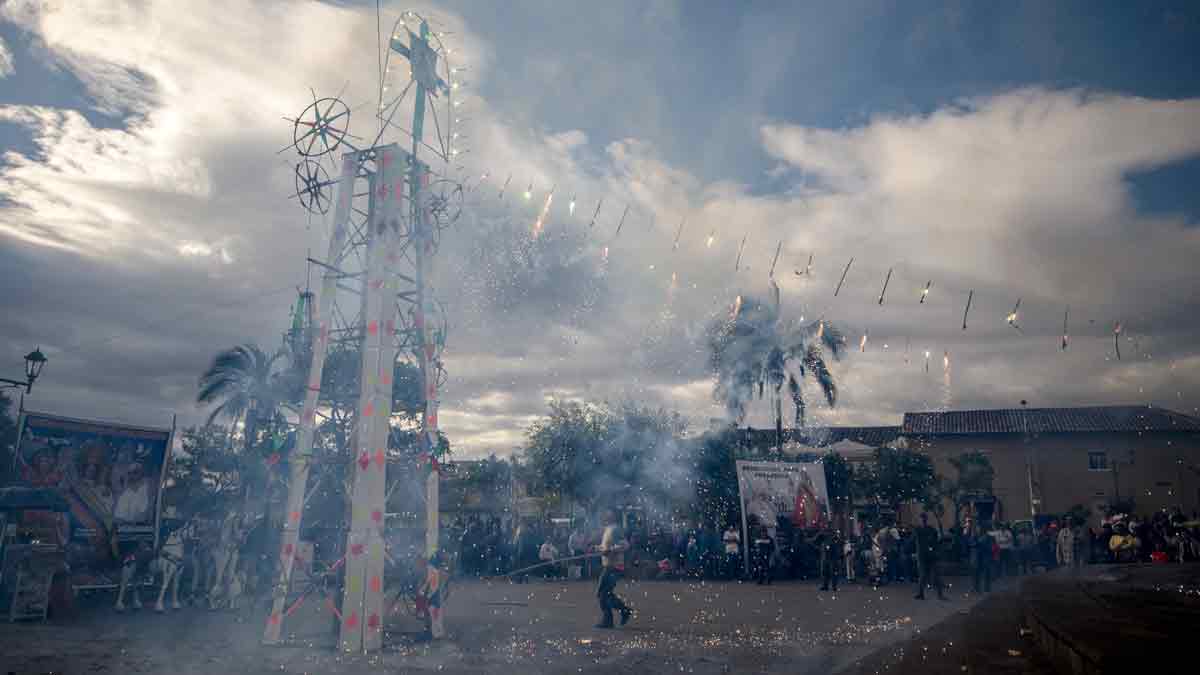
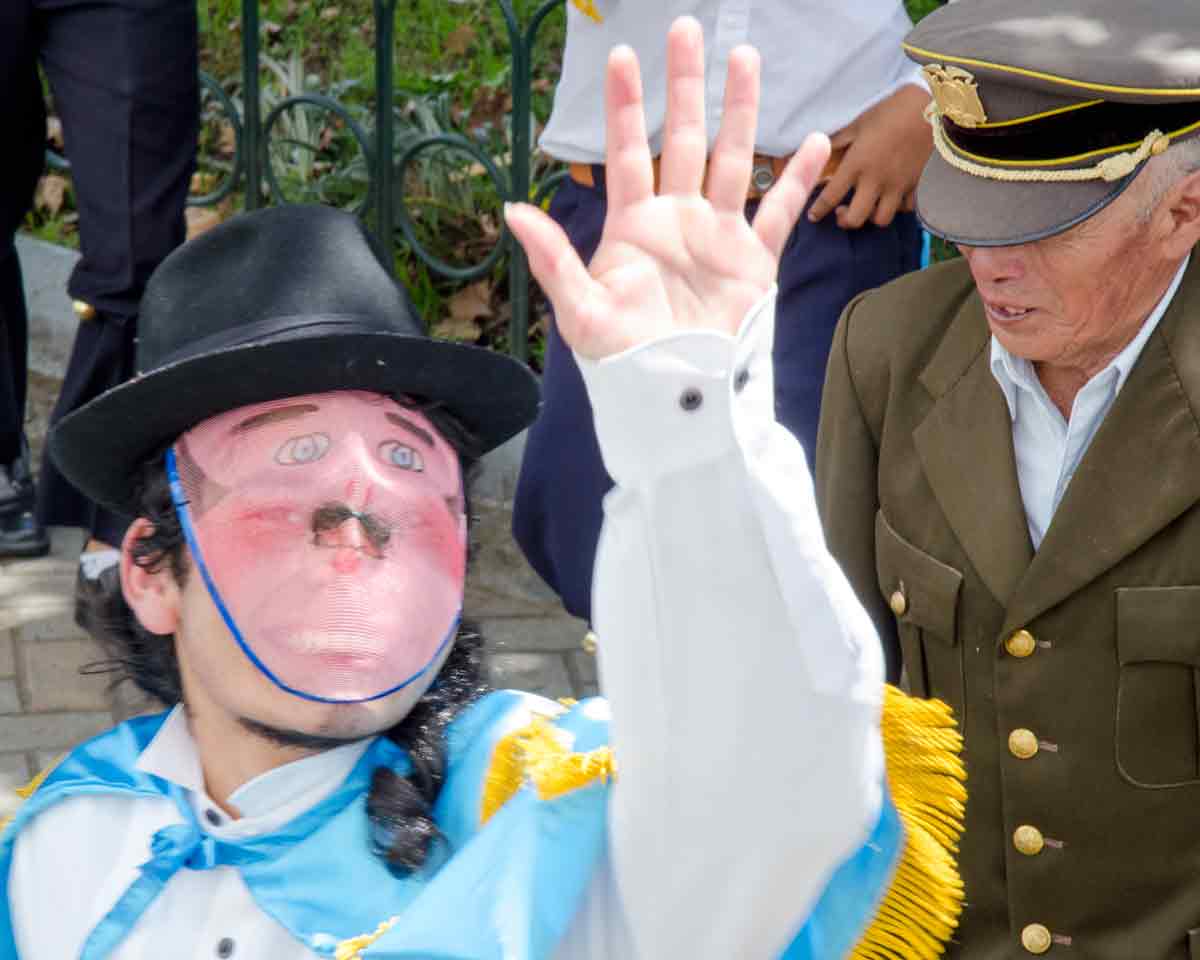
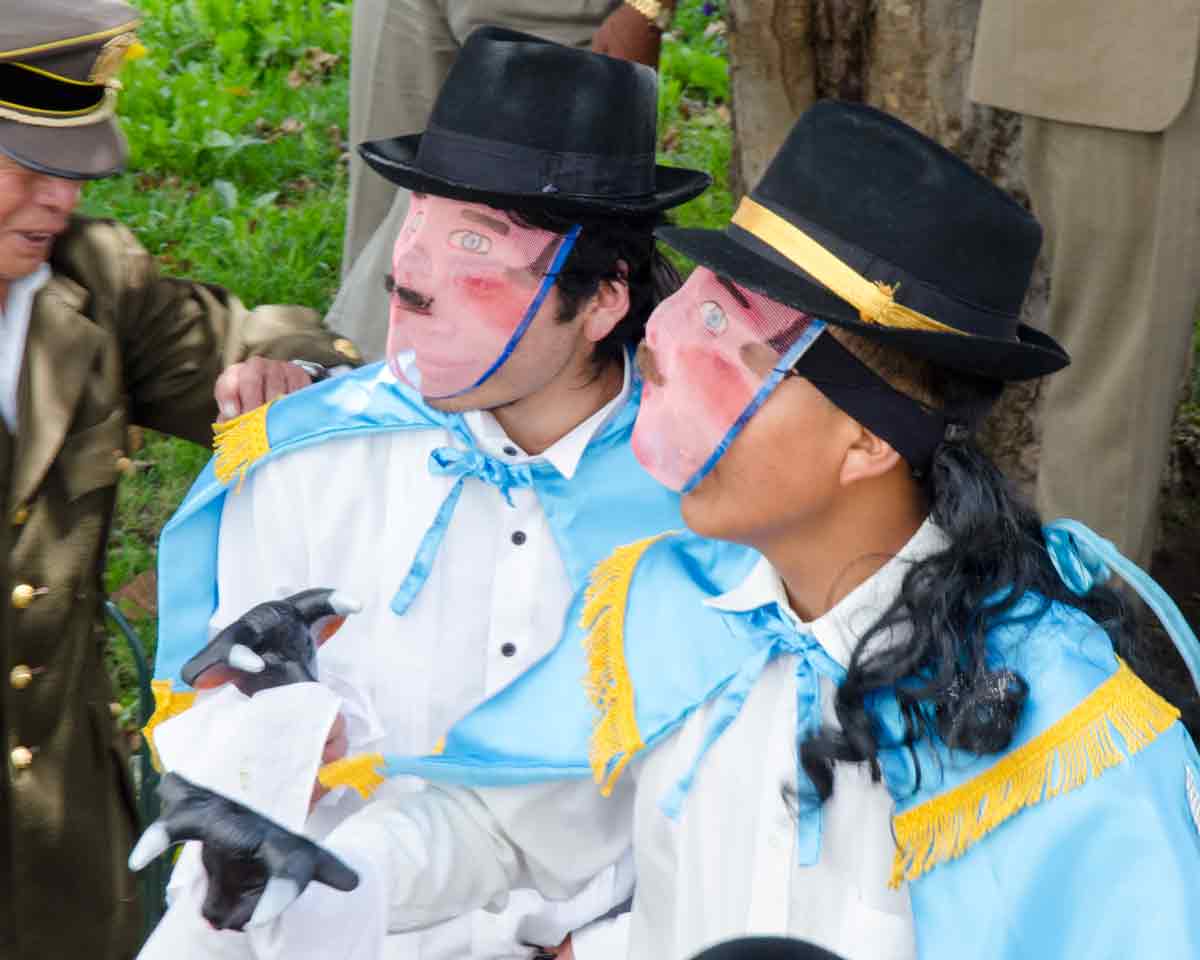

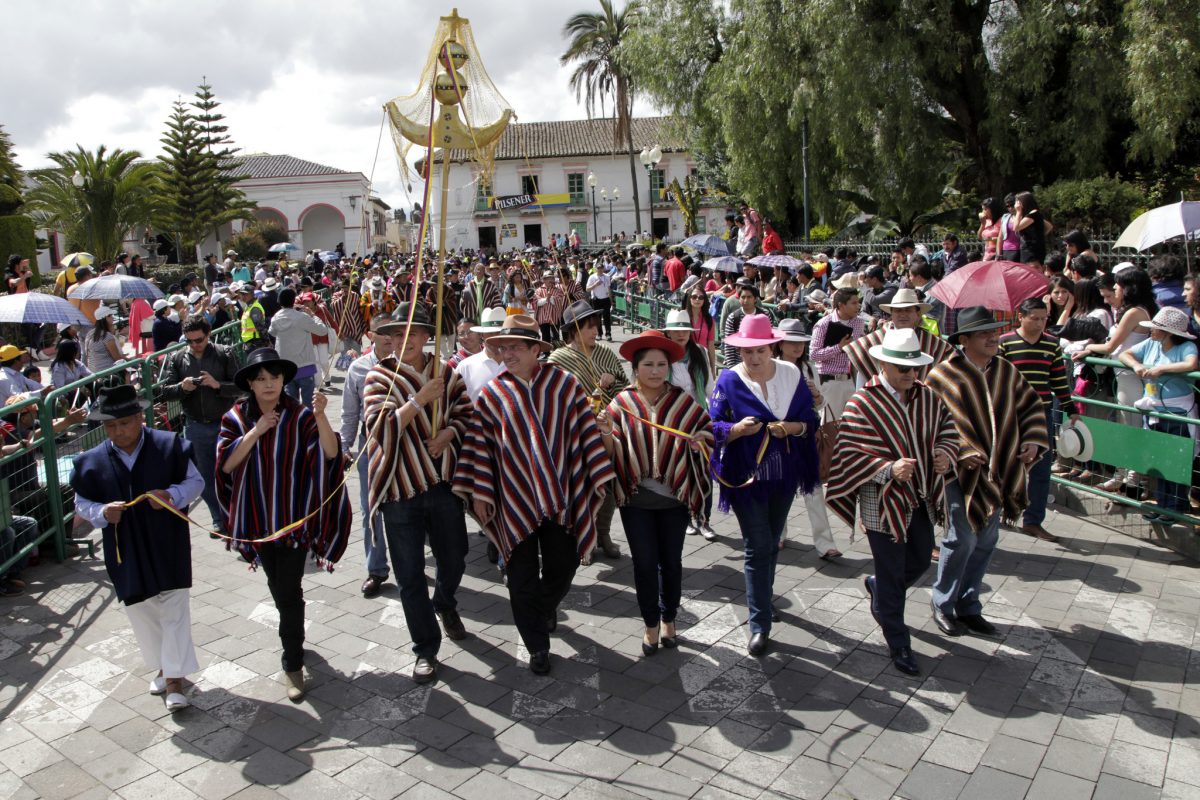
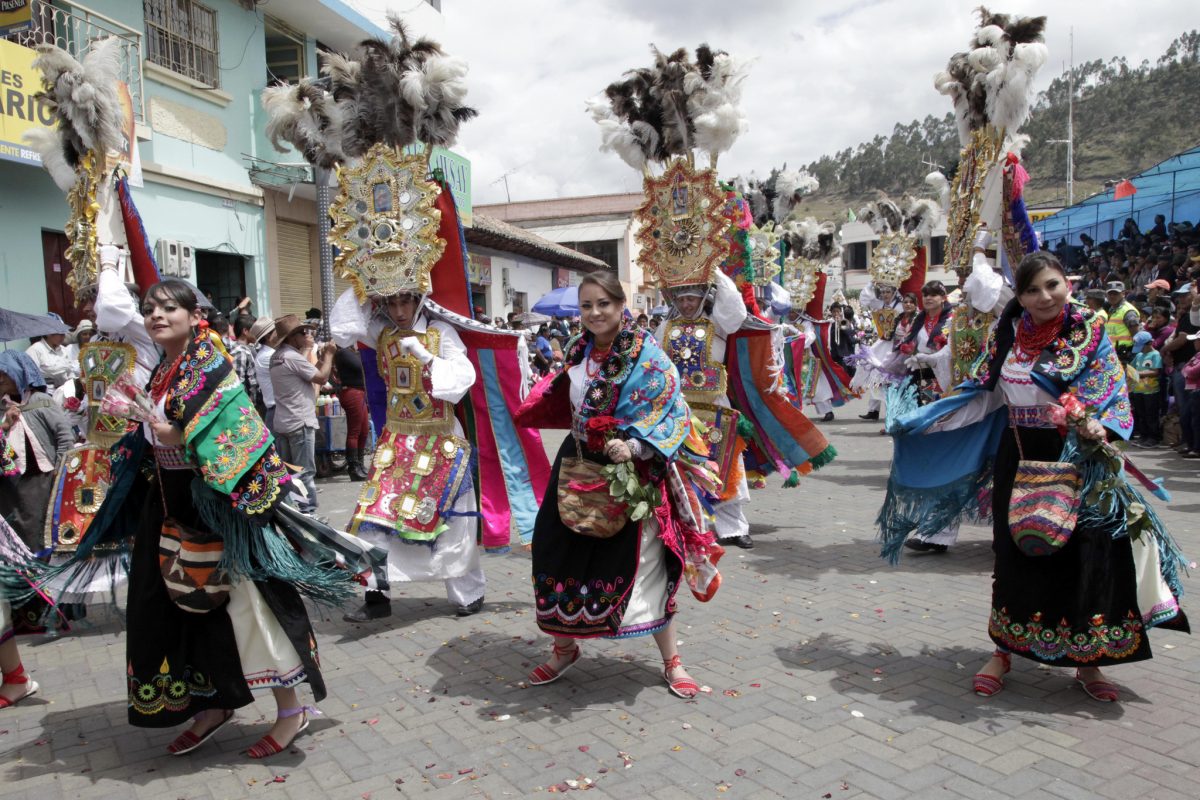

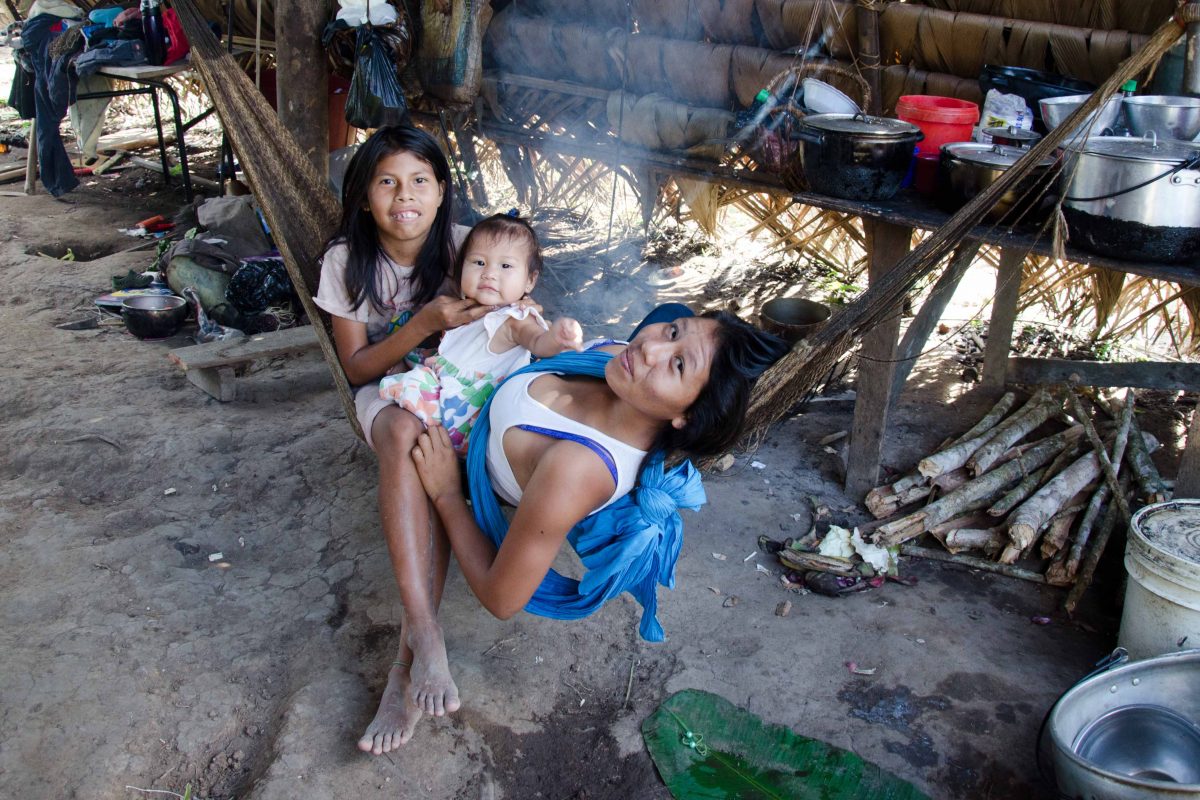




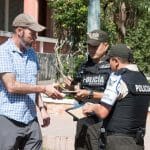






0 Comments